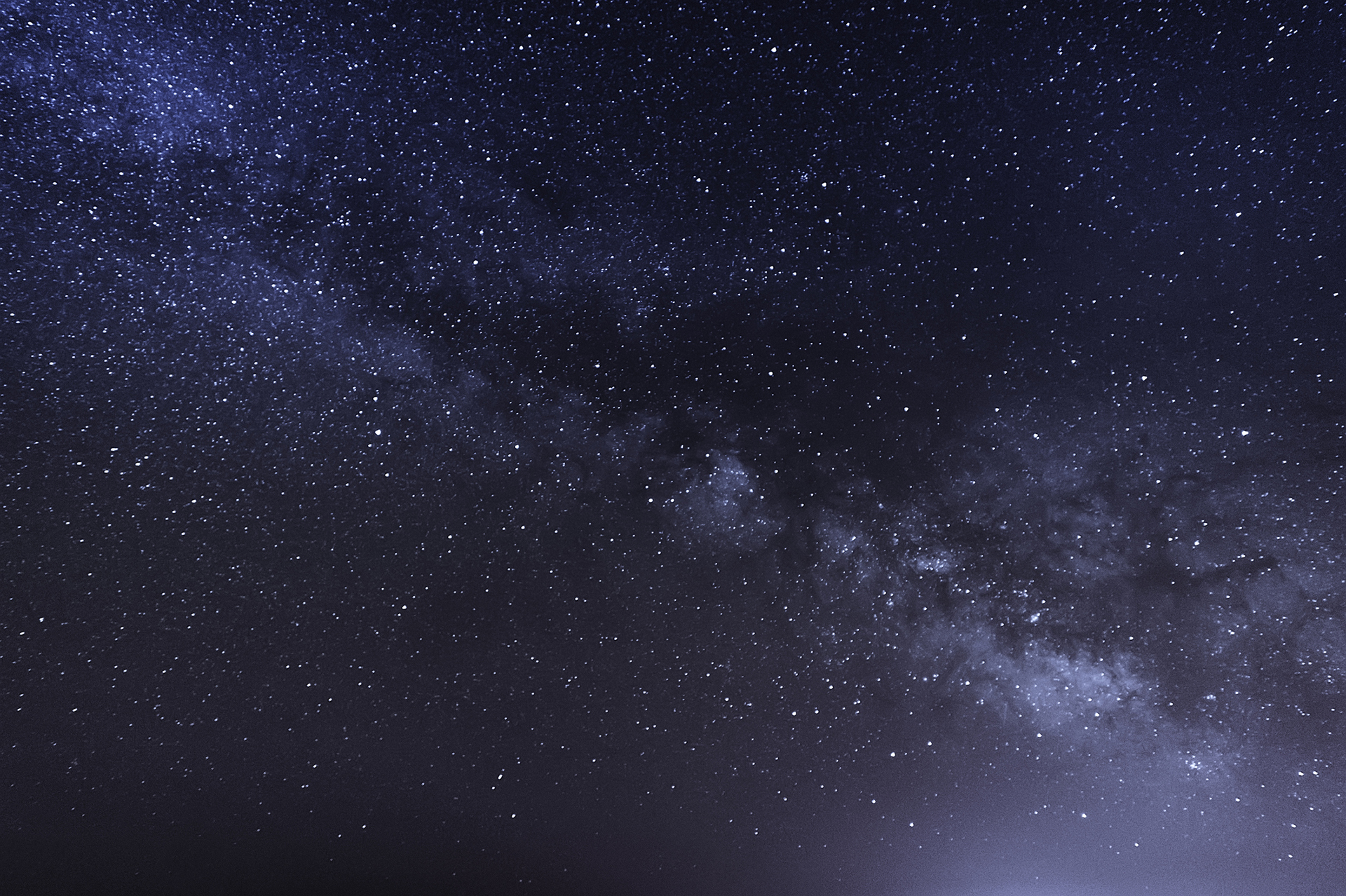Is Stargazing The Newest Craze?

Since the arrival of COVID-19 much of the world has been experiencing a new normal, one consisting of less cars on the road, less planes in the air, and more time spent at home. It’s a change that, according to NASA’s monitoring instruments, shows a decrease in nitrogen dioxide levels around the world. It’s possible this decrease in NO2 pollution, due to novel coronavirus-related lockdowns, could be allowing stars to be seen more clearly.
Stargazing is “a wonderful thing to do nowadays, as it is quite safe as long as you go stargazing by yourself or with your family,” said William Taylor, NASA solar system ambassador and senior educator at the Hamptons Observatory. “We don’t recommend sharing astronomy equipment right now, but there is still so much to see with just a pair of eyes.”
Some celestial events to look forward to are Mercury at its greatest eastern elongation on June 4, a full moon on June 5, a penumbral lunar eclipse on June 5, an annular solar eclipse on June 21, and the summer solstice on June 20.
As theoretical physicist Brian Greene once said, “I have long thought that anyone who does not regularly — or ever — gaze up and see the wonder and glory of a dark night sky filled with countless stars loses a sense of their fundamental connectedness to the universe.” Maybe this is our chance to reconnect with the world around us.
The nonprofit Hamptons Observatory — formerly the Montauk Observatory — has served the South Fork since 2005. Its mission is to foster interest in science, particularly astronomy, through educational programs. For more information, visit www.hamptonsobservatory.org.
To watch a live feed of the Northern Lights, visit www.explore.org.



